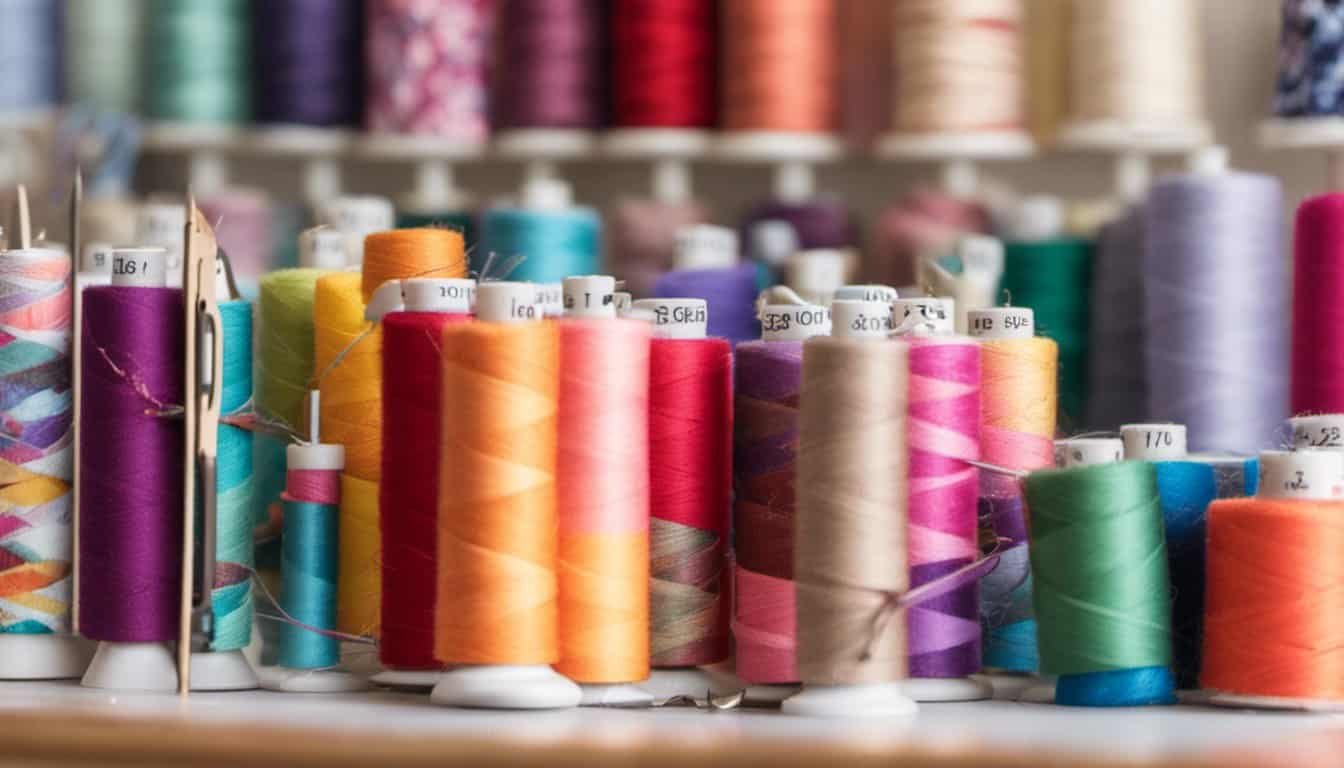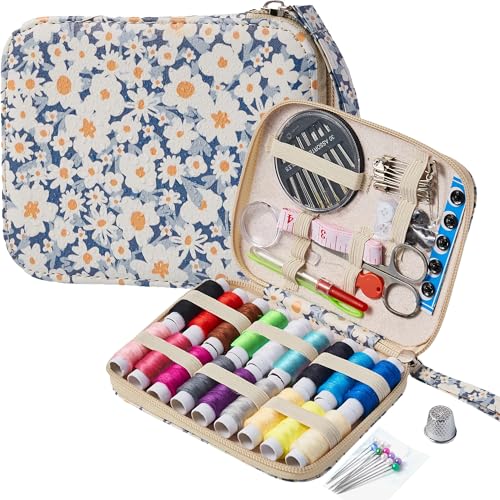Ever found yourself in a pinch with a torn seam or a missing button? A DIY sewing kit can be your best friend in those moments, offering a quick fix without a trip to the tailor. Whether you’re a seasoned sewer or just starting out, having a personalized sewing kit at your fingertips makes tackling small repairs and creative projects a breeze.
Essential Components of a DIY Sewing Kit
A well-stocked DIY sewing kit ensures you’re prepared for any repair or creative project. Including essential components in your kit makes it versatile and functional.
Types of Needles
Include diverse needles to handle various fabrics and sewing tasks. For example, standard sewing needles work well for most fabrics, ballpoint needles are best for knits, and embroidery needles are critical for decorative stitching. Each needle type ensures successful outcomes in different projects.
Variety of Threads
Stock a range of threads to match different fabrics and colors. Basic cotton threads suit everyday fabrics, polyester threads offer durability for stretch materials, and silk threads add a luxurious touch to delicate fabrics. Having a variety ensures seamless blending and strong repairs.
Scissors and Cutting Tools
High-quality scissors and cutting tools are crucial. Fabric scissors maintain sharpness for clean cuts, thread snips allow precise trimming, and pinking shears prevent fabric fraying. Consistent use of dedicated cutting tools ensures efficiency and precision in your sewing tasks.
By including these essential tools, your DIY sewing kit becomes a reliable companion for all your sewing needs.
Choosing the Right DIY Sewing Kit
Selecting the right DIY sewing kit ensures you’re prepared for any sewing task. Your kit’s contents vary based on your skill level, specific goals, and the types of projects you undertake.
For Beginners
Start simple by including essential tools. Get a range of needles suitable for various fabrics such as cotton and polyester. Invest in a small variety of thread colors—white, black, and primary colors—to cover basic needs. A good pair of sharp fabric scissors and a seam ripper helps with precision. A measuring tape and fabric chalk are useful for marking and adjusting patterns. Opt for a compact sewing kit that includes a pin cushion, straight pins, and safety pins.
For Advanced Users
Expand your kit to enhance your sewing versatility. Include specialty needles for tasks like embroidery and quilting. Stock up on high-quality threads, considering materials like silk and nylon in addition to basic cotton. Add rotary cutters, cutting mats, and specialty scissors like pinking shears for more precision. Advanced kits can also benefit from tailor’s chalk, pattern weights, and an assortment of buttons, zippers, and fasteners. For intricate projects, incorporate tools like a thimble, bias tape makers, and fabric glue. Ensure your kit is organized with compartments or a dedicated sewing box.
Choosing the right sewing kit ensures you have the tools needed for all your sewing adventures, whether you’re just starting or you’ve been sewing for years.
Benefits of Having a DIY Sewing Kit
A DIY sewing kit offers numerous advantages, especially for those who enjoy crafting, repairing, or creating clothing and accessories.
Convenience and Portability
A DIY sewing kit ensures that you always have the tools needed for quick repairs or creative projects. Kits come in compact cases, making them easy to carry in your bag, car, or suitcase. Whether at home or on the go, a portable kit means you can fix a loose button, mend a tear, or start a new project without delay.
Cost-Effectiveness
Having a DIY sewing kit can save you money. Instead of spending on professional repairs or new clothing, you can handle minor fixes yourself. Kits typically contain essential tools like needles, thread, and scissors. Purchasing these items together in a kit often costs less than buying them individually. Over time, the savings from DIY repairs add up, making the initial investment worthwhile.
These benefits make a DIY sewing kit an essential asset for anyone interested in sewing, crafting, or simply maintaining their wardrobe.

Common Projects Using a DIY Sewing Kit
A DIY sewing kit offers endless possibilities for creative and practical projects. Here are some common ways you can put your kit to use.
Clothing Repairs
A DIY sewing kit makes clothing repairs simple. You can quickly sew on buttons, fix torn seams, or patch up holes. Replace lost buttons with ease, keeping shirts, jackets, and pants wearable. Hemming pants and skirts allows you to adjust lengths without visiting a tailor.
Crafting New Items
Unleash your creativity by crafting new items with your DIY sewing kit. Create custom pillowcases, tote bags, or even simple garments. Personalized gifts like embroidered handkerchiefs or monogrammed towels add a special touch. Crafting stuffed toys or decorative items lets you explore new sewing techniques and patterns.
Conclusion
A DIY sewing kit isn’t just a collection of tools; it’s a gateway to creativity and practicality. Whether you’re fixing a favorite shirt or crafting a unique gift, having the right supplies at your fingertips makes all the difference. Embrace the joy of sewing and let your imagination run wild. Happy sewing!

















